5 Tips to Cross Stitch Faster that Actually Work
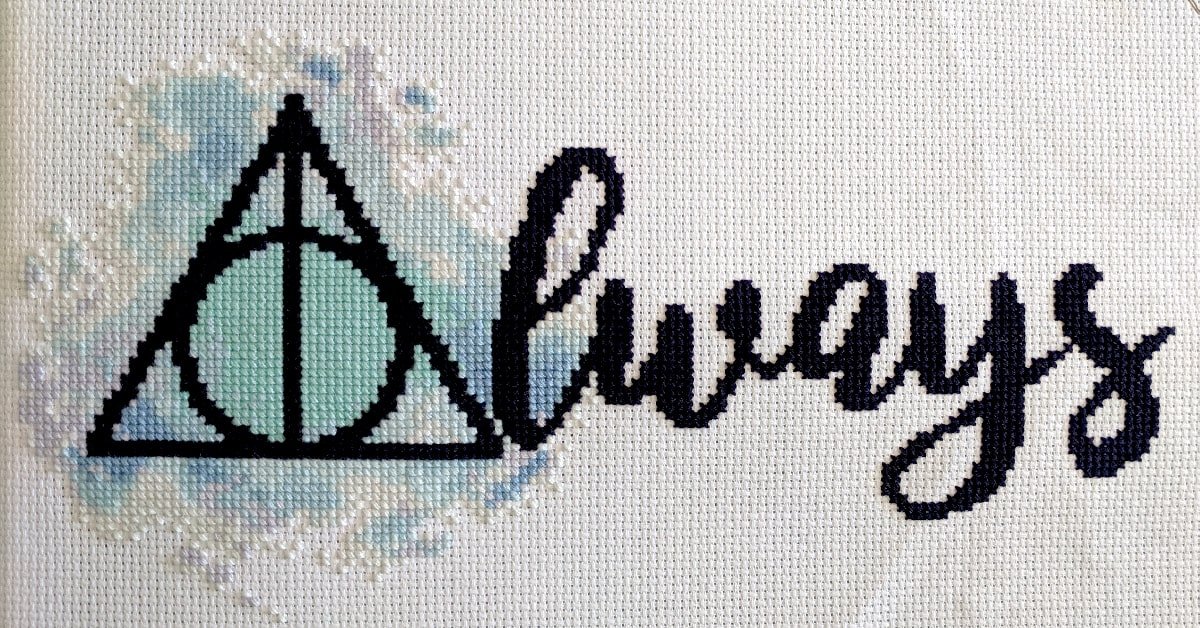
Are you ready to increase your stitching speed? Although nobody is going to time you with a stopwatch, everyone wants to be able to stitch faster. After all, there are so many projects and so little time to stitch them!
I know that I’m not the fastest stitcher around. I am always amazed at how many other stitchers get projects done so quickly.
Why is stitching faster important?
I try not to hoard patterns, but sometimes I can’t help myself. There are too many amazing patterns being designed that I want to adorn my home. Nowadays, I try to make more mindful purchases that are meaningful to me.
I know some of you have more stash than you can use in a lifetime or maybe 7 lifetimes.
Maybe you are trying to finish up a project by a deadline as a gift. Personalized stitching, such as weddings or births, are thoughtful and meaningful. However, nothing is worse than giving a gift that is months or worse…years late.
With these tips, you’ll be able to get more projects done in less time.
The trick to stitching faster is to use the Danish stitching method, stop looking at the back of your work, using the sewing method, the two-handed method, and to practice.
WANT FREE CROSS STITCH PATTERNS?
Sign up for my newsletter to get access.

1. Danish Stitching Over Victorian Stitching/English Stitching
Danish stitching is the process of completing one leg in one direction, then coming back to complete the full cross stitch. This is how most beginner stitchers learn to stitch.
Victorian or English stitching is when you complete one full cross stitch before moving on to the next. This is ideal when working with variegated thread to display the full effect of the floss.
Not only does the Victorian method use more floss than the danish, but you will also stitch more slowly.
Because you are essentially stitching more at once, the Danish method will help you stitch faster. Think of it as batching a task.
When you are repeating the same task, you get more done. You are creating numerous half stitches first, then finishing the second half. Therefore, you are stitching more quickly than doing each stitch individually.
2. Stop Flipping Your Work
Although occasionally flipping your work is good to make sure that you don’t have knots, making it a habit reduces your stitching speed.
At first, the feeling of not flipping your work will feel unnatural. How will you know where to stick your needle? Trying to find the right hole will seem impossible.
The more you stitch, the more you will develop muscle memory. It will be almost like magic.
Suddenly, you will stop looking at the back of your work and focus on stitching. Your hand will be in the right place and you will intuitively find the right spot.
3. Sewing Method
The sewing method is using one motion to create your half stitches, instead of poking your needle through one hole at a time.
This method is meant for stitching in-hand. Your fabric will need to have more of a drape so that you can weave your needle through two holes.
Because you are condensing your movement, you will get more stitches done in a shorter amount of time.
4. Double-Handed Method
As the name suggests, you will be using both of your hands for this method. I know crazy, right?
Similar to the sewing method being limited to in-hand stitching, this method is an option for hoops, Q-snaps, and frames that are held by a stand. This creates a hands-free alternative so that you can put your other hand to good use.
Usually, your more dominant will go behind the fabric because it is harder, and using your dominant hand will give you more control. However, feel free to try your nondominant hand behind the fabric to figure out which you prefer.
Both situations will feel really awkward at first. However, once you get the momentum, it could become addicting.
Much like with not flipping your project over constantly, stitching with both hands will take some getting used to.
5. Practice, Practice, Practice
How do you ever expect to get better at something if you don’t do it often? The more you stitch the faster you will get.
Practicing is how you build up that stitching muscle memory that I keep talking about.
Admittedly, I am a rather slow stitcher. I am a perfectionist and take the time to railroad my stitches and make sure they are as good as they can be. I have noticed that when I go through long periods of stitching, the quicker I become.
Stitching becomes second nature and you won’t waste time fumbling around.
Final Thoughts
Cross stitching is meant to be fun so try not to stress how fast you can stitch. I know it’s exciting to complete projects but just try to enjoy the journey more.
Batch your stitching by doing all your half stitches first, then completing them. This will speed up the process.
You can practice the sewing method or two-handed stitching methods to get faster. These methods will cut out a good amount of unnecessary movement.
The more you work on your craft the faster you will become, just like with anything else. I know that may seem obvious but it’s true.
Happy Stitching!


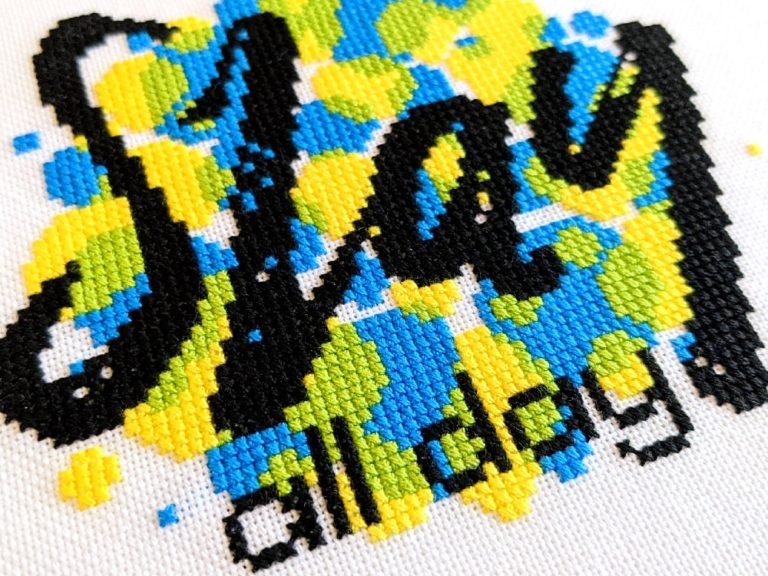

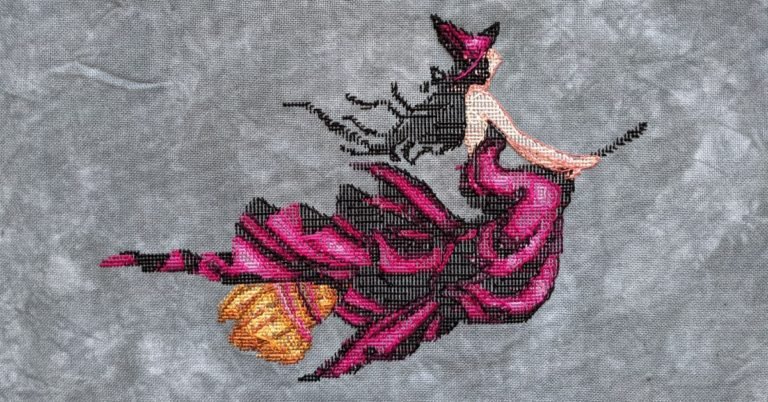

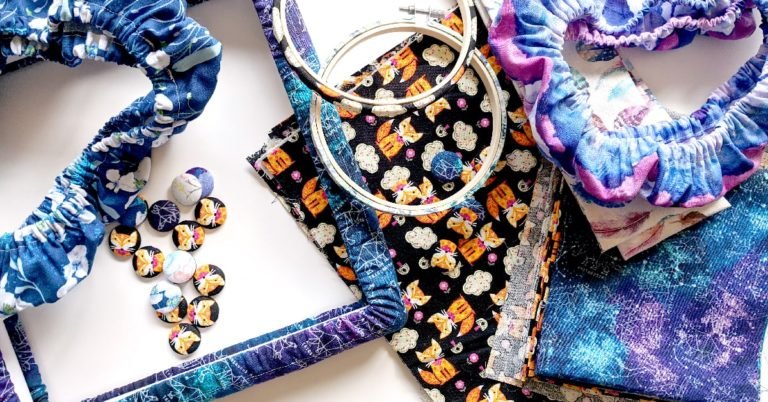
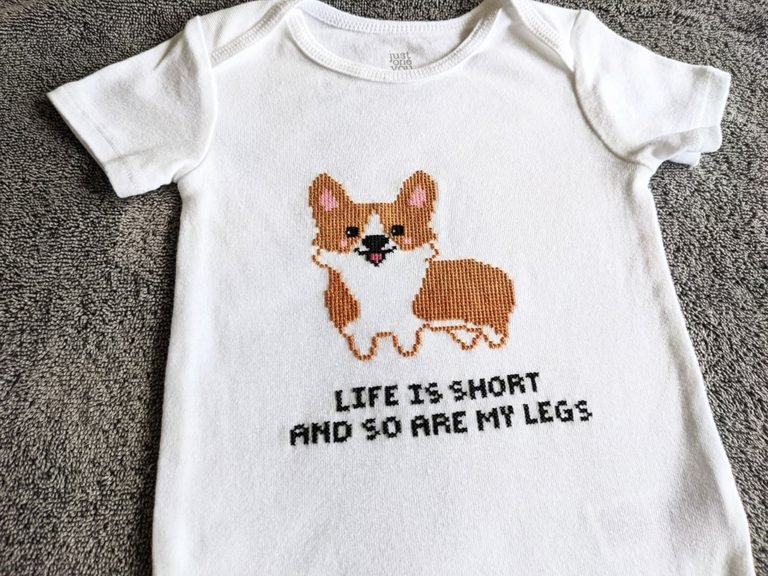
I appreciated this article for many reasons, not the least of which is that while becoming more proficient in stitching helps us stitch faster, hand stitching isn’t quick work. The whole, “I’ll just whip up something quick” thing doesn’t apply to hand cross stitch or embroidery. That doesn’t make the effort not worth it, because stitching is worth it. But if we need to not spend as much time on a stitching project, then perhaps choosing a monochrome stitch, or a pattern with a lower stitch count and not much color variance, or even stitching a single motif of a pattern, dropping a pattern’s border, etc., are better strategies than rushing the actual stitching. While watching floss tube videos, it’s no small recurrence to hear cross stitchers say that a pattern was much larger than they thought. Because I found this true in my own experience, I began thinking differently about patterns. For example, from my own stash: The average shooting star Carolyn Manning pattern is 189×189=35,721 stitches. At a pace of 1,000 stitches per day (with the requisite many color changes), the minimum number of stitching days is 36. Translation to me, this one isn’t going to be what I would call a “quick” stitch. Nor is any 35K stitch count pattern, be it CM, or Ink Circles, etc.
Thanks for your comment. I’ve just accepted that I am not a quick stitcher and enjoy the process 😉
I am new to cross stitching and am finding that my stitches look better, more uniform when using the sewing method. I recently purchased a Q-Snap frame and while I like it for keeping the project space taught, I can’t use the sewing method. Is that just me? Are you using the sewing method with your Q-Snap?
It’s not you! The sewing method is usually done while stitching in hand while the fabric is loose. I just stab the fabric lol. Some stitchers learn to use both hands if it’s in a frame with a stand.